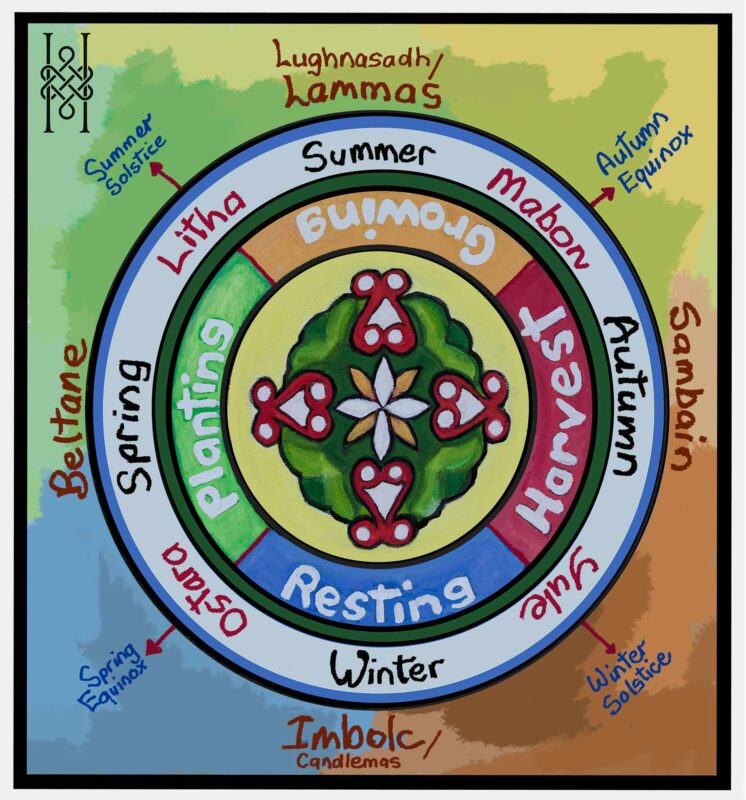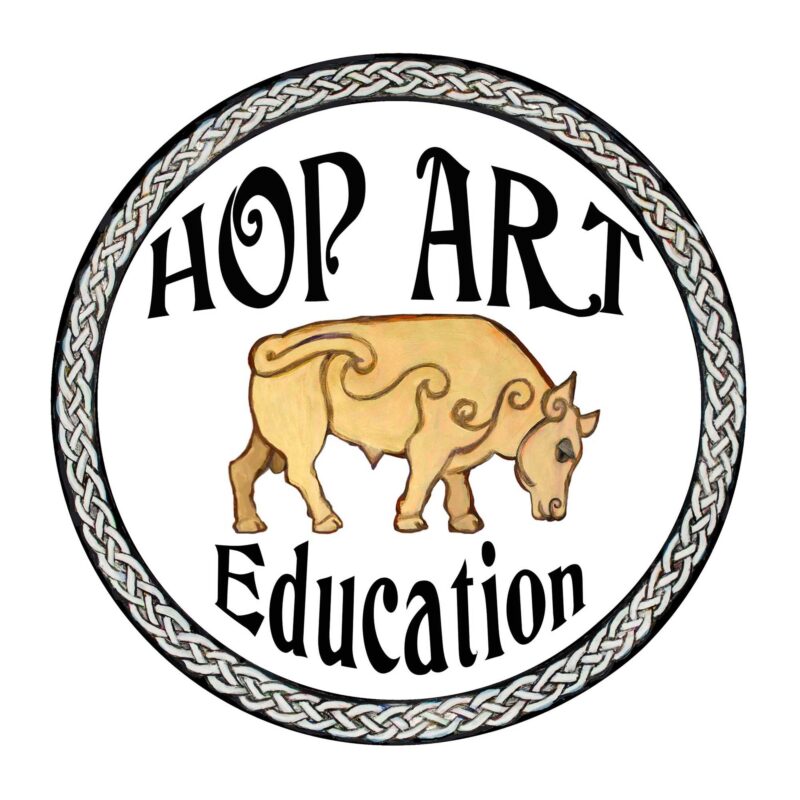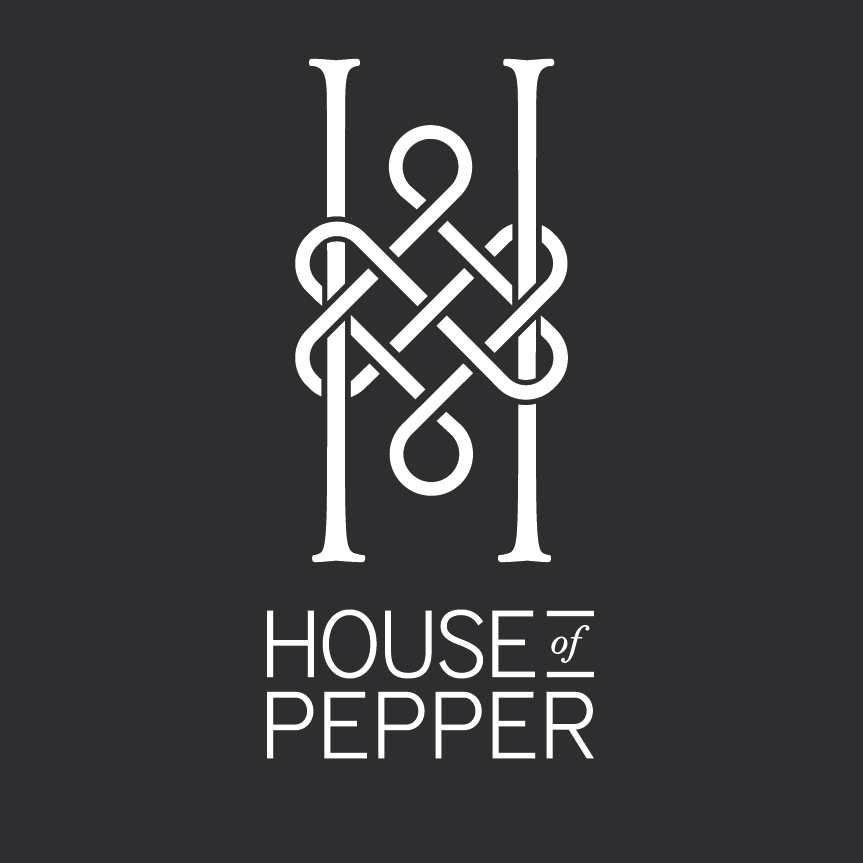HOP Celtic Art
Celtic Art is a rising star from an ancient world that has survived Empires, the Church and the sickness and suffering from the Middle Ages. I have always loved the Celtic sense of design and the superb craftsmanship. Recently I have detoured from traditional painting into this field where history and art combine. The life of the people and the history behind the art, I believe, explains the vibrant dynamic living in the art.
Designs are alive and in harmony with the objects and ornaments they embellish. It is not like the Bauhaus centuries later where form follows function. A strategy to improve design. The function fits the medium and no matter what the medium -metal, wood, bronze, clay, jewellery, paper, or stone- the art fits and sits on the form perfectly.
Celtic art lives. It has life because it has a spirit of its own. It is much more than just decoration. The shields and helmets, horse equipment, metal cauldrons, carved stones and crosses, jewellery, myths, and legends all tell the story of a warrior people. A people with imagination and creativity.
HOP Art explores Celtic Art styles, examples, and applications and can be used as an education resource. Information and descriptions are linked to the images and many of the Menu Categories as Galleries and Posts are interrelated. I am expanding and growing the study for HOP Art constantly. New artworks and descriptions are always in the pipeline and around the corner.
Latest Image: Celtic Wheel of the Year

Celtic Season Wheel
I have added the Celtic Seasonal Wheel or Wheel of the Year which includes the farming calendar and the festivals. Dates shift in the northern and southern hemisphere and so I have left them out. The Equinoxes and the solstices occur around the 21st of a month and the farming cycles occur mostly at the start of a month or season. These agricultural activities can start earlier or later. It depends where they sit on the globe in relation to the Sun.
The pagan Wheel of the Year has eight festivals or events connected to the Earth and Solar cycles. Christian ideas, celebrations and symbols have been adapted and used from the pagan calendar.
Imbolc/Candlemas, Beltane, Lammas/Lughnasadh, and Samhain are Celtic names. They are celebrations or rituals associated with times of the day and year.
HOP Art Education Resource
This  website can be used as an education resource for teachers and students studying Celtic Art and with an interest in the application of this art for the classroom. Descriptions explain the artwork, the methods of construction and the purpose. It will be shown how the style changed with the arrival of Christianity and with the movement of people across Europe. This led to a cross-fertilisation of ideas and art methods. Detail and complexity at times is astonishing.
website can be used as an education resource for teachers and students studying Celtic Art and with an interest in the application of this art for the classroom. Descriptions explain the artwork, the methods of construction and the purpose. It will be shown how the style changed with the arrival of Christianity and with the movement of people across Europe. This led to a cross-fertilisation of ideas and art methods. Detail and complexity at times is astonishing.
Centuries later contemporary art still cannot remove, the love for the traditional and ornate in the Celtic at heart. Scrolling designs, spirals, interlace and knotwork still feature today. In addition, abstraction and geometric symbols from the modern world are not new. These motifs were part of the visual vocabulary of the Picts from Scotland before the missionaries converted them to Christianity. Not to be missed are the Vikings with interlacing designs and the extraordinary biting animal motif. We can go further on in history and uncover the visual complexities solved by the monks in the illuminated manuscripts. These artists and scribes combined their own pagan beliefs with the Christian stories in the manuscripts. Nothing else in Europe matched the divine inspiration or artistic beauty of the art from monasteries in the Celtic countries.
This website is in memory of Elizabeth Pepper, my grandmother and my mother who were always my inspiration and support. I am not an historian or archaeologist. I am a teacher and artist interested in Celtic art, history, and life as it is.
Essay and images are copyrighted. The reader can use the material for education purposes.










































